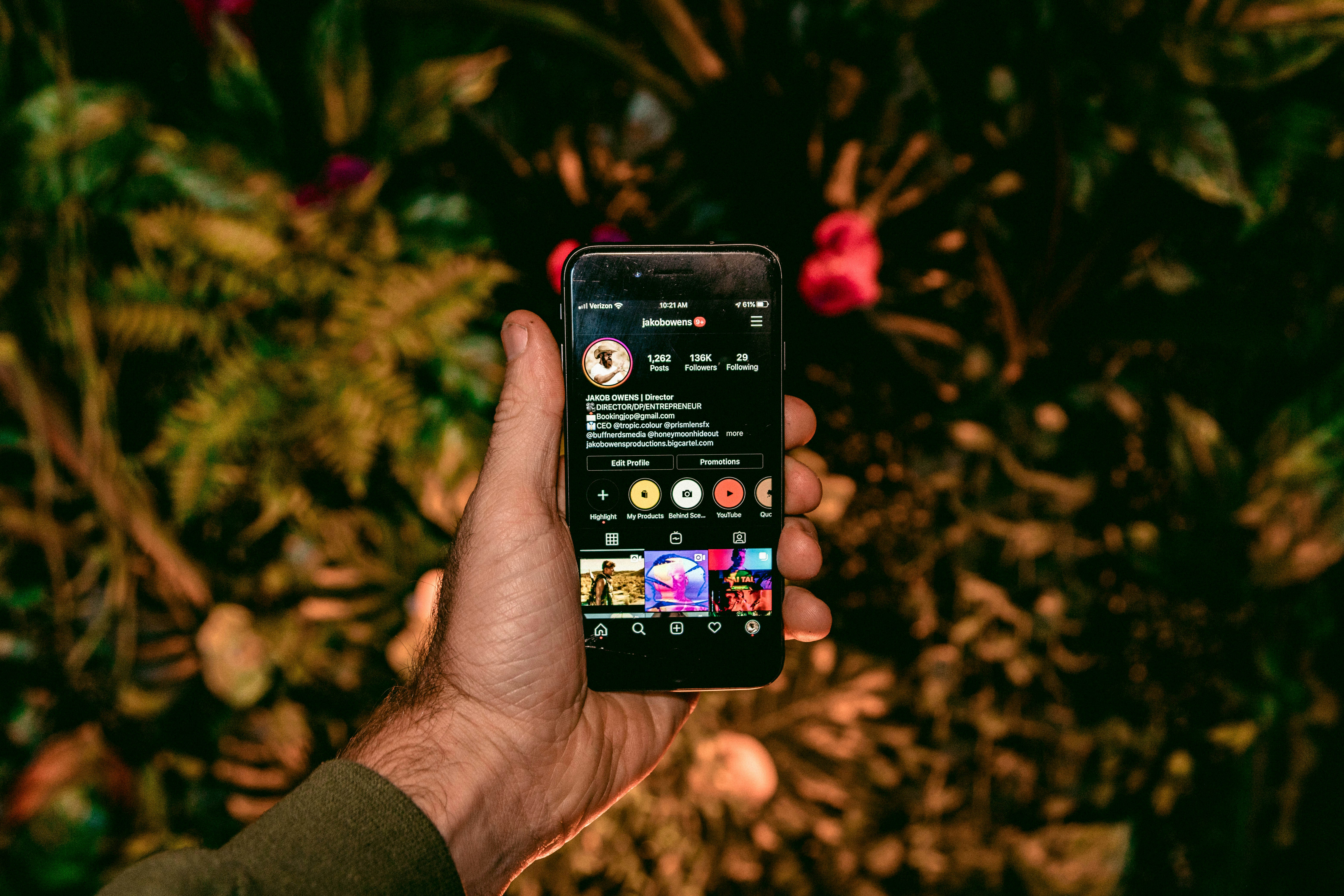“As an industry, we’ve observed how the influencer category is ever-expanding and increasingly emerging and recognized as a performance channel,” says James Wright, Global CEO of the HAVAS Red Group and global chairman of the HAVAS PR Global Network. “Influencer marketing is driving measurable opportunities for both consumer and corporate brands globally, delivering higher engagement and paving the way for accelerated consumer conversion.”
As we continue to battle the many floating forms of influencer marketing and the ever-growing creator economy, the meaning of ‘influence’ has evolved in the process, and expectations for influencer programs (ROI) have also never been higher. Where we once saw brands recruiting influencers in the short-term and primarily for reach, many communications professionals now recognize the value of partnerships with nano, micro, and mid-tier influencers—lending authenticity and trust, plus increased engagement—and building longer-term relationships with partners.
To understand how influencer marketing is evolving, HAVAS Red surveyed clients across ten markets – Australia, Ireland, Germany, Italy, Japan, The Philippines, Singapore, UAE, the U.S., and the U.K. These clients spanned a range of industries and sectors, from health and wellness, technology, and food and beverage to automotive, manufacturing, and tourism and travel. Clients shared their experience, what works and what doesn’t, how to drive the best outcomes, and where they believe influencer marketing is heading. Here's what they found out:
The media landscape is converging with social media.
81% of brands have been involved in influencer campaigns, with 1 in 5 having participated in more than 20 influencer campaigns. It's worth noting how as consumers lose trust in traditional media, they’re turning to influencers who can play a crucial role in expanding the brand’s online presence.
Influence has been democratized.
Over 97 % of brands identify content creators as influencers, highlighting the shift away from traditional celebrities as influencers toward a new reality where anyone can become an influencer. The sphere of influence has expanded beyond the famous and those with power. Within social media, there is a new wave of accessibility and rising influence held by content creators without star power or status. Consumers are also turning to executives, employees, and customers who have shared insights into their experiences with brands and products.
Influencers are generating engagement through social proof.
There are more opportunities for brands to utilize influencer marketing to reach a targeted and relevant demographic, delivering content that offers the potential to drive higher engagement and brand conversion. Connections are becoming the new currency of exchange in the digital world.
Video formats are the most effective tactic in the influencer toolbox.
With 86% of brands revealing that video content resonates more effectively with most campaigns compared to static formats, brands are harnessing the power of influencer marketing for storytelling and creatively and visually, bringing campaigns to life. It's time to harness the power of storytelling in its most effective and rapid form – visual!
Finding the right fit for ROI in influencer campaigns.
While 92% of brands believe that measuring influencer performance is crucial for understanding the return on investment, brands identified that one of the most prominent challenges is identifying the right influencers to achieve ROI.






